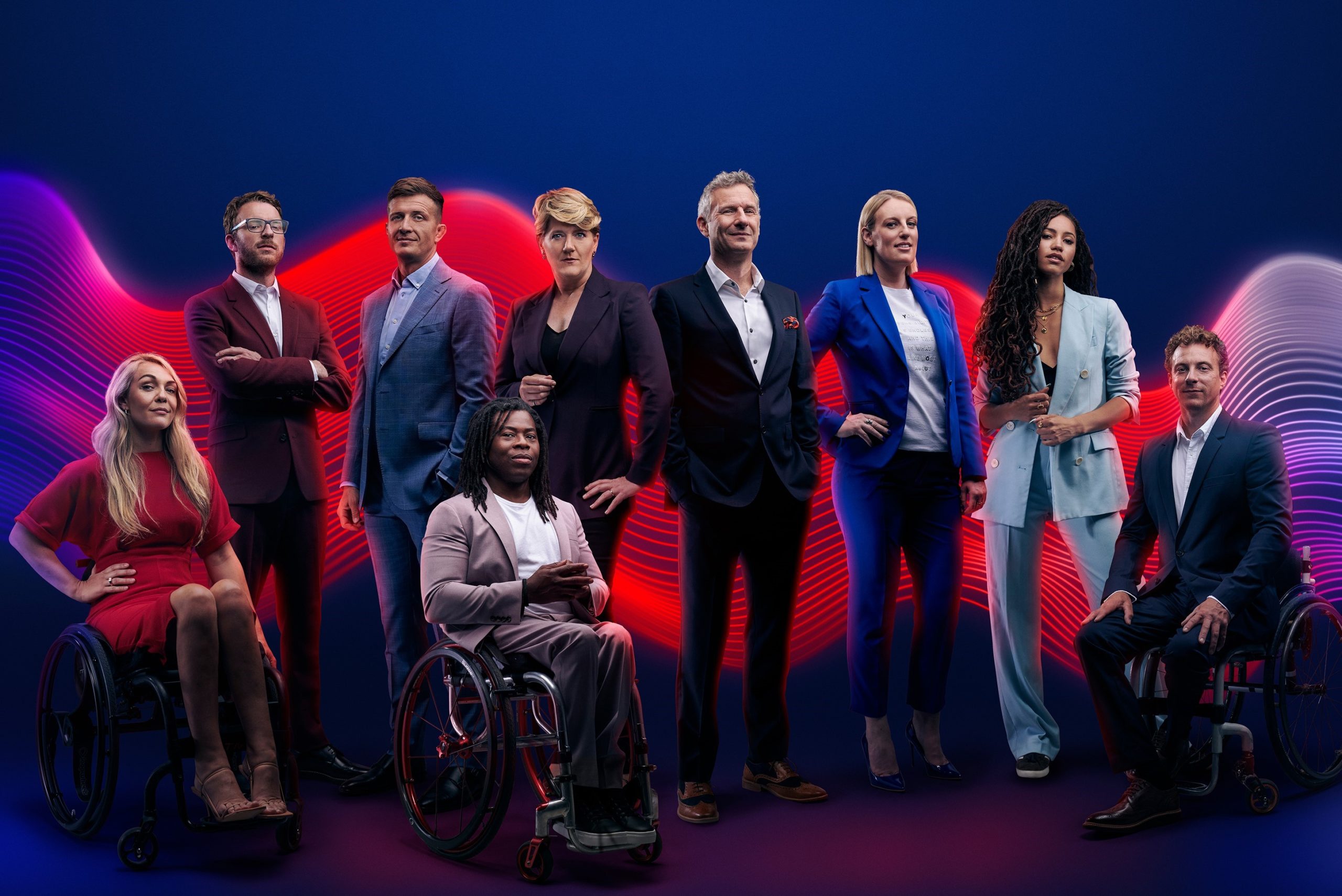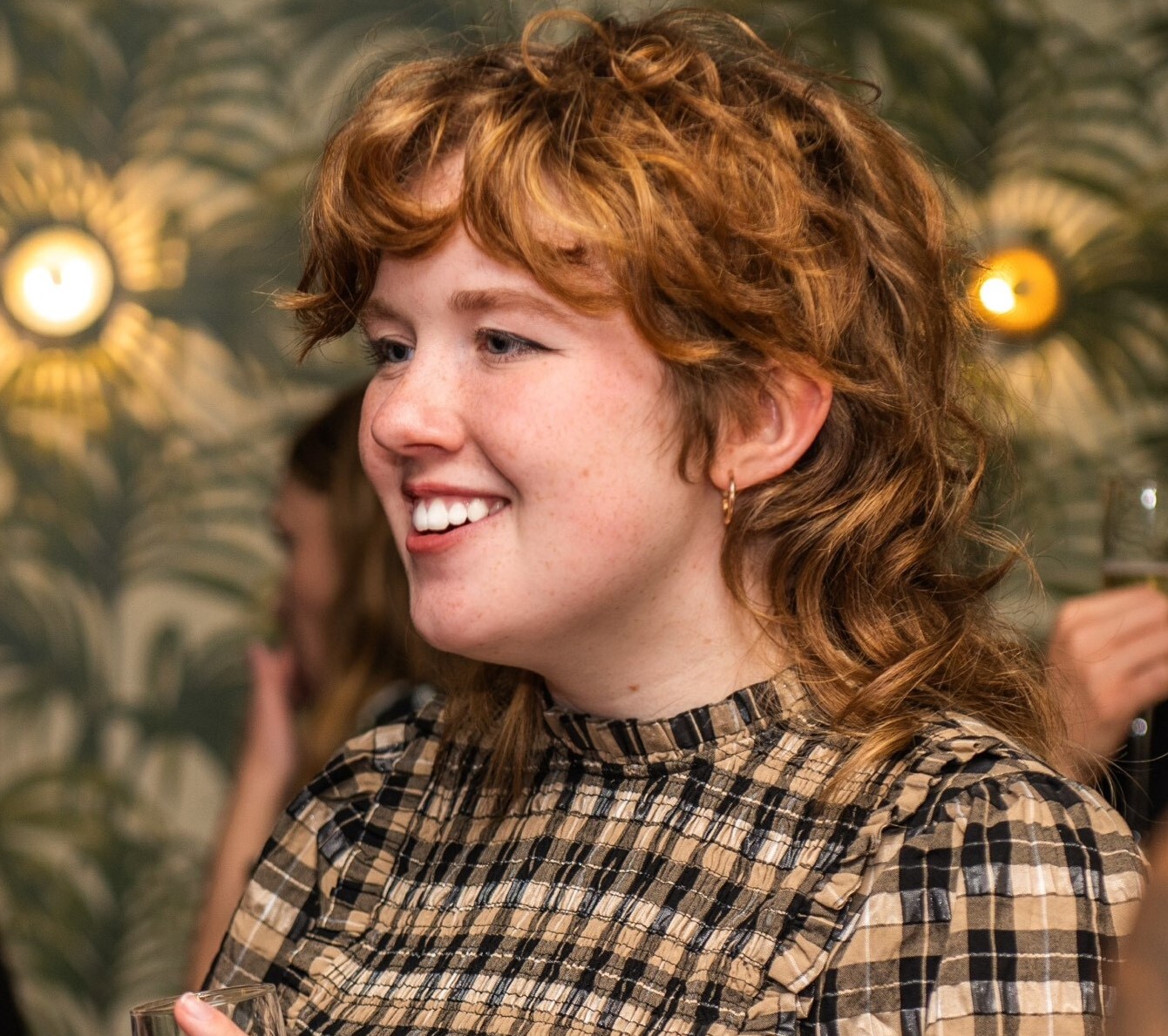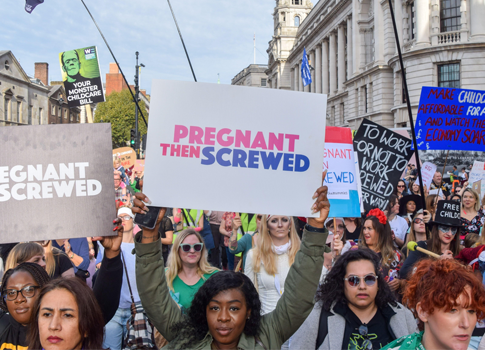Anonymous TV Insiders Reveal the Discrimination Rife Throughout the Industry
As part of a new series by The Guardian, entitled “The TV industry: exposed”, anonymous insiders – behind the camera and in front – have shared their experiences with racism, sexism, ableism, homophobia, and transphobia. The combination of statistics and personal testimonies that make up the series paint a disappointing picture. Despite high-profile, individual success stories, and a number of diversity and access initiatives, the television industry remains hostile to many.
In the UK, 22% of people have a disability, but disabled talent only makes up 7.8% of people seen on-screen and 5.2% of those behind the camera. The five disabled people interviewed by The Guardian describe invasive questioning, or outright bullying, from colleagues; inaccessible meetings and days on sets; and feeling like they were hired for tokenistic, or “box-ticking” reasons.
The Black and Asian Britons interviewed similarly spoke of feeling like token hires, then experiencing an unwelcoming and exclusionary environment on set or in the boardroom: a Black director describes how his authority was undermined by his producer, whilst a Black actor highlights the inability of on-set hair and makeup crew being unable to work with afro hair. Those in front of the screen suffer being type-cast in stereotypical roles, or simply not cast at all.
According to one survey, 39% of female film and television industry employees have experienced sexual harassment at work, while 67% have experienced bullying. Despite these unacceptably high statistics, the film and TV union Bectu found that two-thirds of those who experienced workplace abuse did not report it for fear of being blacklisted. Women are also considerably underrepresented in leadership positions – despite making up 45% of the industry overall – making it even harder to challenge workplace culture. Women speaking to The Guardian reported being groped by colleagues; coerced into uncomfortable encounters under the guise of “networking”; and the failure of workplaces to accommodate their needs as working mothers.
Finally, LGBTQ+ industry insiders attest to being forced to work alongside overtly homophobic and transphobic colleagues. In these situations, they find that prejudice and discrimination is often dismissed as banter or the result of ignorance. A writer and a showrunner also discussed feeling unable to represent the full diversity of the LGBTQ+ experience: either being unable to get projects off the ground at all, or feeling stuck in re-telling the same straightforward coming-out narratives.

Channel 4 Publishes best Guidelines on Working with Disabled Talent
In an attempt to improve the experience of disabled talent working within the television industry, Channel 4 have published a series of best practice guidelines for production companies. The guides focus on the inclusion of disabled people in both on- and off-screen roles.
On-screen, Channel 4 have developed what they believe to be the first dedicated welfare guidelines for working with disabled talent issued by any UK broadcaster. The guidelines set out three key principles:
Ask – understanding the needs, requirements and preferences of all disabled contributors.
Assess – identifying any potential barriers to the welfare and inclusion of disabled contributors.
Adjust – making any and all reasonable adjustments before, during, and after the production process. These are accompanied by practical template documents, including an “Access Rider” to help disabled talent communicate their needs and preferences.
To facilitate inclusion off-screen, Channel 4 have also published guidance on hiring and progressing the careers of deaf, disabled and neurodivergent people, plus creating an accessible working environment for those already in roles. As with the welfare guidelines and associated templates, all hiring and workplace inclusion guidance is freely available and shareable.
UK Broadcasters Commit to Avoiding the Term “B.A.M.E”
The UK’s main broadcasters – BBC, ITV, Channel 4, Channel 5/ViacomCBS UK – have all committed to avoid using the term B.A.M.E whenever it is possible to use more specific language. B.A.M.E – which stands for Black, Asian, and minority ethnic – is a catch-all term, which has been criticised for failing to acknowledge the unique experience of people from different ethnic backgrounds. For example, speaking about “B.A.M.E discrimination” does not recognise that the issues faced by Black British people are not identical to those faced by British Asian people.
The recommendation comes from a report by the Sir Lenny Henry Centre for Media Diversity (LHC), which was produced in collaboration with journalists, academics, writers, and audience focus groups. The LHC research found that there is a general belief that the term B.A.M.E has been used to hide failings and limitations. For example, an institution claiming to have improved their representation of B.A.M.E people, may only have increased their representation of one ethnic group that falls within the acronym.
The broadcasters listed above have agreed to avoid the use of B.A.M.E wherever possible within editorial content and internal and external communications. ITN, who produce broadcast news programmes for ITV, Channel 4, and Channel 5, have made a similar commitment. The term is still widely used in society, so it may appear in reported speech and official documents. However, broadcasters will strive to add additional, more specific information when possible, or use the full phrase “Black, Asian, and minority ethnic” before the acronym.
Study Reveals Lack of Diversity in French Cinema
A new investigation into diversity in French cinema, by advocacy group Collectif 50/50, is being hailed as a “turning point” in the industry. The study, titled Cinégalités, is the first of its kind, and had the backing of the French culture minister’s taskforce, Mission diversité et égalité. This is despite it still being deemed unconstitutional to collect data on the religious, ethnic, or religious background of French citizens – a ruling that makes monitoring diversity difficult. The study was spearheaded by Sorbonne professors Sarah Lécossais and Maxime Cervulle.
Lécossais and Cervulle found that of the 115 highest-budgeted and highest-grossing French films of 2019, 49% of leading characters were perceived as white men, and 23% were perceived as white women. This is despite the study concluding that “films that were the most popular among audiences had a greater number of characters from diverse ethnic backgrounds.”
The study also investigated issues of gender and class. According to Collectif 50/50, there was not a single classic film directed by a woman that was restored in 2021. The previous year, films directed by women only made up 3% of total restorations. Additionally, upper-class characters were significantly overrepresented, making up more than 50% of roles in French films.






